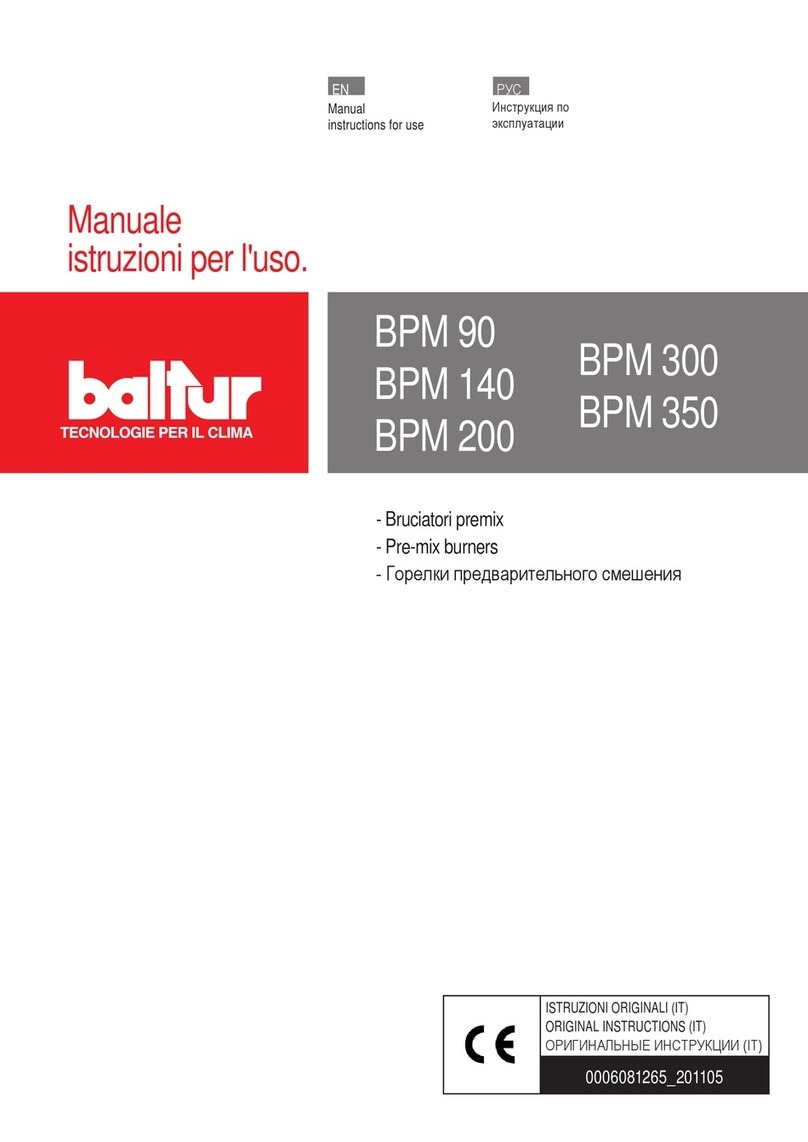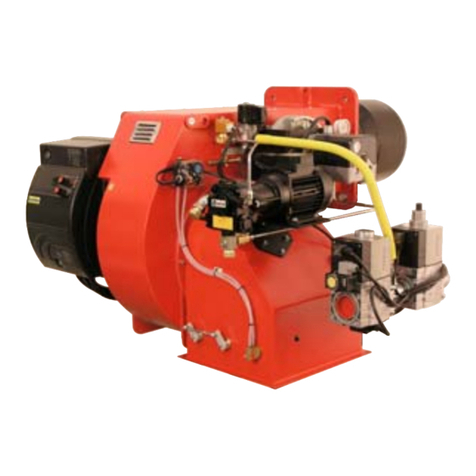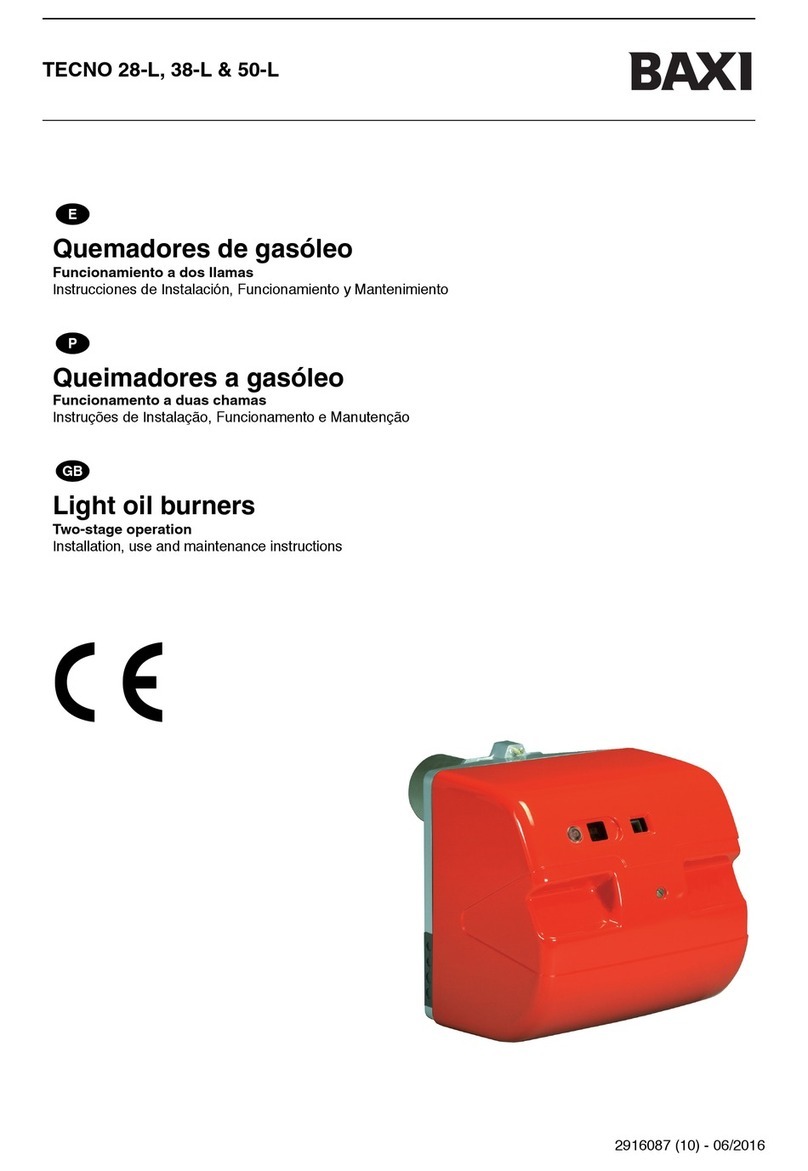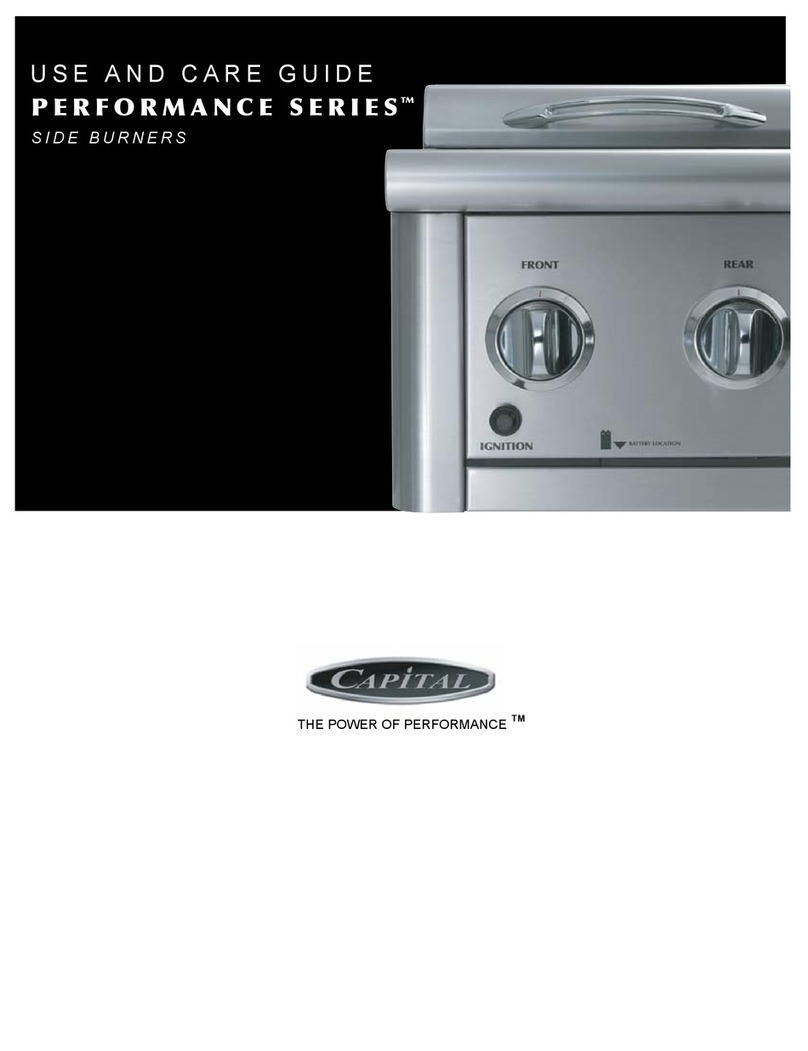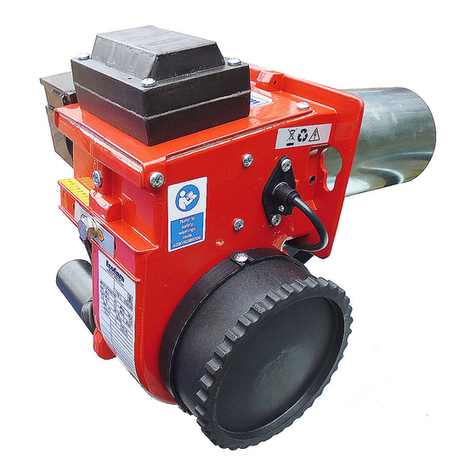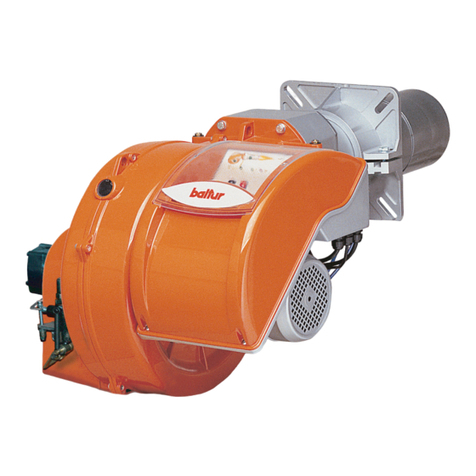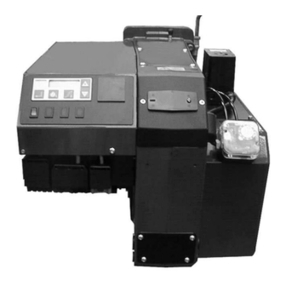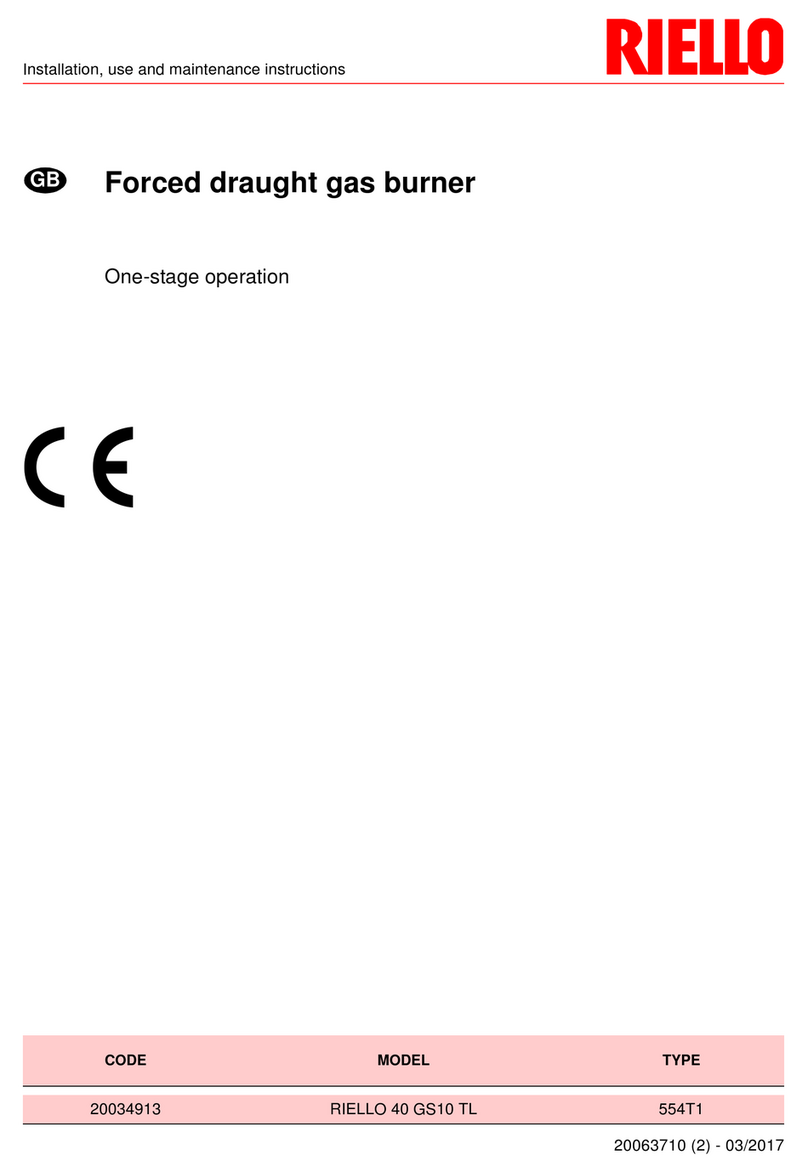
BETHLEHEM S.S. MINNOW BURNER
TECHNICAL CHARACTERISTCS:
Surface-Mixed Burner
All Bethlehem Burners are gas and oxygen surface-mixed.
The gas and oxygen are kept separate until they leave the
face of the burner. This style of burner allows for the
greatest flexibility in operation without flashback.
Bethlehem’s S.S. Minnow Burner allows the operator the
freedom of regulating the flame size simply by turning the
gas or oxygen valves. Whereas a standard pre-mix burner
would require the operator to change burner tips to achieve
similar results in performance.
Flashback
A flashback is when pre-mixed fuels burn inside the burner
body, resulting in a flame blow out, or even an internal
flame that will destroy a burner.
The surface-mixed burner, as in the S.S. Minnow Burner, is
safer because they will not allow the fuel mixture to burn
inside the burner body. Therefore, as in pre-mix burners
fire checks and flame arrestors are not required with the
Betta. To test your burner for proper performance, just
simply turn off the oxygen flow, then re-open the oxygen
very quickly. If there is a loud bang, then pre-mixing is
occurring and the burner should be returned to Bethlehem
Apparatus for repairs.
CAUTION
DO NOT USE BURNERS THAT MAKE A LOUD BANG
WHEN THE OXYGEN SUPPLY IS ABRUPTLY CUT
OFF.
Gases
Bethlehem’s S.S. Minnow Burner is designed to either burn
natural gas, hydrogen, propane or butane fuels. Do not use
acetylene. Acetylene contains excess carbon that will clog
the gas ports on the burner face.
Oxygen Pressure
Do not operate the S.S. Minnow Burner at less than 6 psi
oxygen pressure. This will cause the front face of the
burner to heat up and cause deterioration.
OVERTIGHTENING VALVES CAN
DESTROY THE CLOSING MECHANISM!
SNUG, SNUG, SNUG, GORILLA STRENGHT
NOT REQUIRED TO CLOSE VALVES.
Carbon Build-Up
High carbon content fuels, like propane, will deposit carbon
on the front face of the burner. Eventually, the gas holes
will clog. Unless the carbon is cleaned away, the surface
temperature of the burner face will get too hot. High burner
front face temperatures will cause a rapid deterioration of
the burner head and shorten the life of the burner.
On a daily basis, use the attached stainless steel cleaning
wire to remove carbon buildup from the burner face. Push
the wire through each hole on the front face of the burner.
After cleaning, turn the burner onto high flame so the dirt
generated from cleaning will be flushed out. A slight
tapping on the burner with a piece or wood or soft faced
hammer during the high flame cleaning will also help
loosen the dirt.
If the carbon is not cleaned away daily, the burner will
begin to generate a localized hot spot at the carbon deposit.
These hot spots will cause the tellurium copper front plate
to deteriorate. Eventually the gas holes drilled in the front
plate will become too large for proper gas and oxygen
distribution causing an unbalanced flame.
Backsplash
DO NOT WORK GLASS TOO CLOSE TO THE FRONT
FACE OF THE BURNER. Working glass too close will
cause backsplash, which is when heat from the burner
flame is reflected off the glass being heated. Too much
back splash will cause the surface temperature of the burner
face to get too hot. High burner front face temperatures
will cause a rapid deterioration of the burner head and
shorten the life of the burner.
Carbon Monoxide Warning
Bethlehem Burners are all designed to be used with gas and
oxygen. The burners are intended to produce an open
flame. EXTREME CARE must be taken to assure that
combustible materials are kept away from the open flame.
The burner flame is Combustion, which results in the
production of water vapor, carbon dioxide, and Carbon
Monoxide which is a highly poisonous, odorless, colorless,
tasteless gas. It is very flammable. Be sure to use adequate
ventilation when operating burners. Use a Carbon
Monoxide detector in the room where burners are operated.
Do not smoke around combustible gases.





